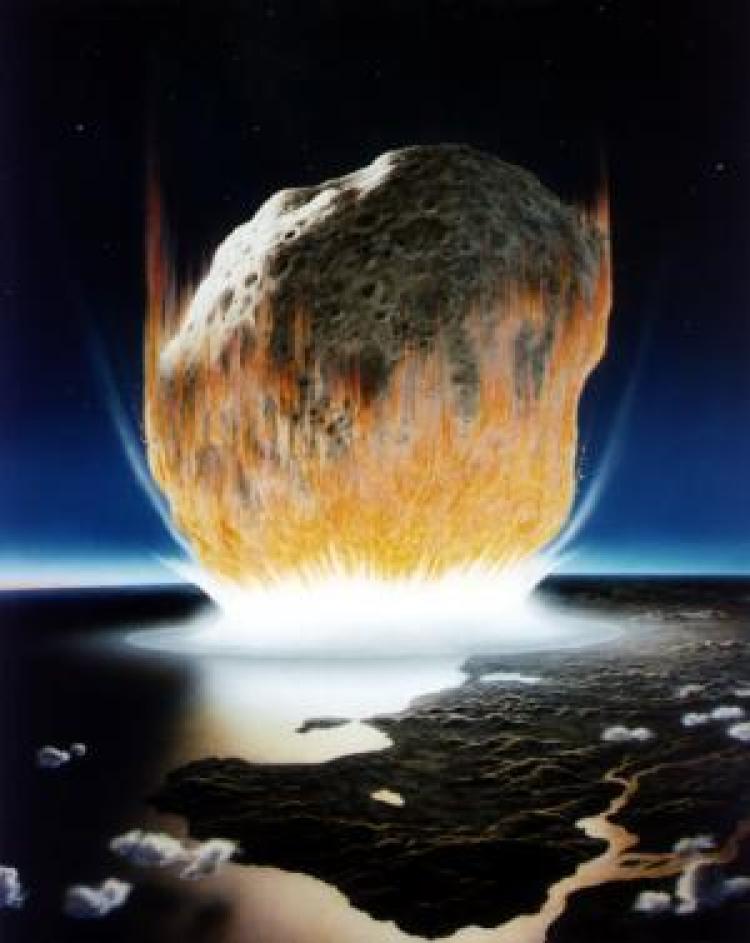The CU Museum is closed we will be opening early in the spring semester.
During this time, collection visits will be available by appointment and other special access requests will be considered on a case-by-case basis.
Please email cumuseum@colorado.edu for more information.
Geologic Time Scale
Geologic Time is a crucial concept to understanding the history of the earth—including the evolution of life. Many different representations of the timeline have been created, and many approaches developed by informed, trusted sources. We will provide a list of web sites with relevant information.
The geologic time scale is divided into eons, eras, periods, epochs, and ages. Our activities, and the time scale for download above, focus primarily on two of those divisions most relevant for an introduction to geologic time: eras and periods.
The beginning and end of each chunk of time in the geologic time scale is determined by when some species appeared or disappeared from the fossil record. When many species went extinct around the same time, that might be marked as a change in the period on the time scale, such as the transition from Jurassic to Cretaceous 145.5 million years ago. The largest extinction events define a change in era. The end of the Paleozoic and beginning of the Mesozoic 251 million years ago marks the largest mass extinction in the history of the planet, which cleared room for the first dinosaurs to evolve. In turn, the extinction of the dinosaurs and several other animal groups 65.5 million years ago defines the beginning of the Cenozoic era.
We are including several pages with geologic time scale data for use in the classroom. We suggest using a threefold approach to connect with the investigations in the Fossil Kit.
Each group working on an investigation should have a time scale so that they can locate the time that is relevant to the set of fossils they are working with. As they work through the investigation, the group should come to a consensus about where on the time line they are.
Each student should have a copy of the time scale that they can use when they are working on the investigations. As they come to consensus with the group, they should locate the relevant time on their timeline and draw a picture of some of the plants and animals living at the time.
There should be a large shared time scale that is constructed by the class as a whole. This will be a starting point for discussion of the investigations the students have completed. Start with a blank sheet of kraft paper the height of the blackboard. The most important divisions for students to focus on are the Eras.
- The Paleozoic, Mesozoic and Cenozoic are the eras during which there is life with hard shells or skeletons on earth. We have included charts for each of these, with images of some of the life forms that were abundant during these times.
- Students should search for other images online, or draw pictures of plants and animals to place on the time scale. Thought should be given to both when an organism appears on the time scale and when it is gone because it has become extinct.
- In addition to organisms, the images of the continents at different geologic time points can also be placed on the time scale. The complete set of these images can be found at: http://www.scotese.com/


